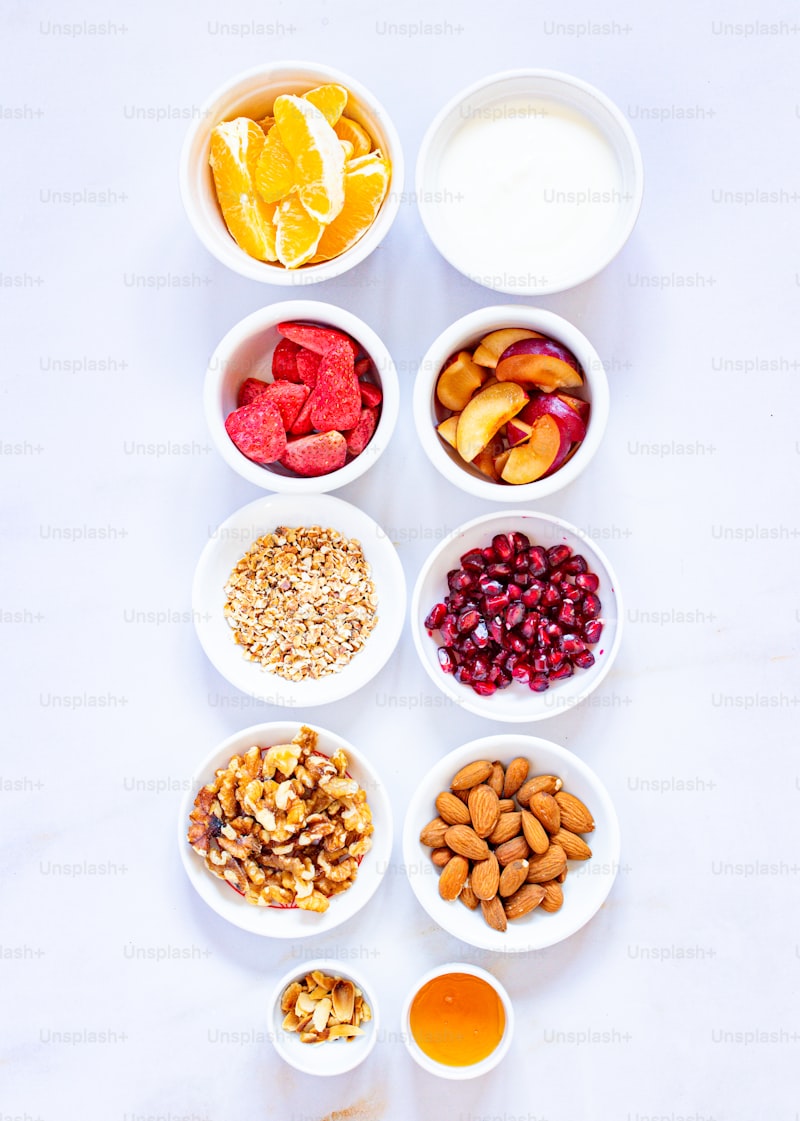Start by understanding your baby’s hunger cues. It’s like tuning into a new radio station; once you’re on the right frequency, everything becomes clearer. Look for signs like rooting, sucking on their hands, or smacking their lips. These are their subtle ways of saying, “Hey, I’m hungry!”
Next, let’s talk about timing. Newborns typically need to eat every 2-3 hours, but as they grow, this interval will stretch. Think of it like the growing pains of a young plant—it needs more frequent watering at first, then less as it matures. Introducing a flexible schedule that adapts to your baby’s changing needs will help keep things smooth.
Breastfeeding or formula feeding, the key is to ensure your baby gets a balanced intake of nutrients. If you’re breastfeeding, aim for regular feeds and ensure you’re staying hydrated and well-nourished yourself. If you’re formula-feeding, measure out the right amount of formula and follow the guidelines on preparation to avoid any tummy troubles.
Don’t forget to incorporate a feeding routine that supports sleep too. A full tummy often leads to better sleep for both you and your baby. Try to align feeding times with your baby’s sleep schedule to avoid those late-night hunger cries.
In 2024, technology can lend a helping hand. There are smart baby monitors and feeding trackers that can help you stay on top of your baby’s routine without feeling overwhelmed. It’s like having a co-pilot in your feeding journey—keeping you organized and informed every step of the way.
Top 10 Tips for Crafting a Nutritious Baby Feeding Routine in 2024
First off, consider starting with a mix of breast milk or formula and solid foods. Breast milk or formula remains crucial for the first year, providing essential nutrients and hydration. As your baby grows, around six months old, introduce solids gradually. Think of this as adding new colors to a vibrant painting – it enriches their diet with variety and nutrients.
Next, focus on incorporating a range of fruits and vegetables. Imagine these as the building blocks of your baby’s diet. Pureed carrots, mashed bananas, and steamed peas offer a spectrum of vitamins and minerals. Aim to rotate these foods to expose your baby to different flavors and textures.
Protein is another key player. Foods like well-cooked lentils, finely shredded chicken, and scrambled eggs can support your baby’s growth and development. Think of protein as the sturdy foundation of a house – essential for building strength and structure.
Don’t forget about healthy fats. Avocados and olive oil can be fantastic additions to your baby’s diet. They’re like the glue that holds everything together, providing energy and supporting brain development.
Hydration is also critical. While breast milk or formula will mostly cover this, introducing small amounts of water after six months can be beneficial. Imagine it as the gentle splash of rain nourishing your baby’s internal garden.
Lastly, keep an eye on portion sizes and watch for any food sensitivities or allergies. Just like adjusting a recipe to taste, tweaking the portions and ingredients will ensure your baby is comfortable and well-fed.
The 2024 Guide to Building a Balanced Feeding Schedule for Your Little One
Start by considering your baby’s age and developmental stage. Infants typically need frequent, small meals, while older babies can handle larger, less frequent feedings. It’s like shifting from frequent snack breaks to hearty meals as you grow up! Keeping a consistent schedule helps regulate your baby’s hunger cues and sets a rhythm that they can rely on.
Think about timing too. Aim for a mix of breast milk or formula with pureed fruits, vegetables, and grains as they grow. It’s a bit like balancing your diet with veggies and protein – each meal has its purpose and timing. The key is to introduce new foods gradually and watch for any reactions. This not only helps in avoiding allergies but also makes the process smoother.
Consider your daily routine. If you’re out and about often, plan feeding times around your schedule to ensure your baby gets their meals when they need them. A feeding schedule that aligns with your life can make mealtimes less stressful and more enjoyable. It’s all about fitting those feeding times into your day like pieces of a puzzle.

Lastly, be flexible. Your little one’s needs may change, and that’s perfectly okay. Sometimes, adapting to your baby’s hunger cues rather than sticking rigidly to a schedule can be beneficial. After all, your baby’s growth is like a garden – it needs both structure and room to flourish.
Expert Advice: How to Establish a Healthy Baby Feeding Routine This Year

First off, let’s talk timing. Establishing a consistent feeding schedule can make a world of difference. Think of it like setting a timer for your baby’s meals. Newborns typically need to eat every 2-3 hours, but as they grow, their feeding times will naturally stretch out. It’s like moving from a sprint to a leisurely jog.
Next up, pay attention to hunger cues. Instead of following a strict schedule, tune in to your baby’s signs of hunger. Is your baby rooting around or making smacking noises? Those are clear signals that it’s time to eat. It’s a bit like being a detective—you’re looking for clues to figure out when your baby needs nourishment.
Variety is also key. As your baby transitions from milk to solid foods, introducing a range of textures and flavors can make mealtimes more exciting. Think of it as a culinary adventure for your baby. Just make sure to introduce new foods one at a time to watch for any potential allergies.
And let’s not forget about the importance of a calm feeding environment. Try to make mealtime peaceful and relaxed. A soothing atmosphere can help your baby eat more effectively. Imagine turning your kitchen into a cozy café rather than a busy fast-food joint.
Staying flexible is crucial too. Babies change rapidly, and their needs evolve quickly. Being open to adjusting your routine as your baby grows is like having a roadmap that you can update as you go.
Innovative Feeding Practices: What’s New for Baby Nutrition in 2024?
One of the latest trends? Personalized baby food. Think of it as tailoring a suit, but for your baby’s diet. Companies now offer baby food subscriptions that adapt to your child’s growth and nutritional needs. This means you’re not just picking from pre-made options; you’re getting a menu that evolves with your baby’s development.
And let’s not forget about smart feeding gadgets. We’re talking about high-tech bottles that track how much your baby eats and even analyze their nutritional intake. It’s like having a nutritionist in your kitchen! These devices help ensure your baby is getting just the right amount of nutrients without any guesswork.
Another exciting innovation is the rise of plant-based options. With more parents leaning towards sustainable living, baby food is catching up with organic, plant-based choices that are not only good for the environment but also packed with nutrients. Imagine a diet where your baby’s meals are as green as the vegetables they contain.
Furthermore, there’s a shift towards incorporating superfoods into baby diets. These aren’t just trendy ingredients; they’re power-packed with vitamins and minerals, giving your baby a nutritional boost right from the start. Foods like chia seeds and spirulina are now finding their way into baby-friendly blends.
2024 Baby Feeding Trends: How to Design the Perfect Routine for Your Infant
First off, personalized feeding plans are all the rage. It’s not a one-size-fits-all approach anymore. Experts suggest tailoring your baby’s feeding routine based on their unique needs and developmental milestones. Think of it like customizing a playlist for a road trip—each song (or meal) needs to match the journey and mood. For instance, you might start with purees and gradually introduce more textures as your baby grows, just like building a playlist that evolves with your taste.
Another trend gaining traction is the integration of family-style meals. Instead of preparing separate dishes for your little one, why not involve them in family meals? This not only simplifies your cooking process but also helps your baby learn healthy eating habits by example. Imagine sharing a plate of colorful, nutrient-packed foods—it’s like a visual feast for your baby’s eyes and taste buds!
Then there’s the focus on mindful eating. This approach encourages parents to pay close attention to their baby’s hunger cues and preferences. It’s about tuning in to those little signals, just like you’d notice when a friend needs a chat or a break. This mindfulness helps in creating a feeding routine that feels natural and responsive.
Lastly, technology is making waves in feeding routines. Innovative tools like smart bottles and feeding trackers are here to assist you in monitoring your baby’s intake and progress. It’s like having a personal assistant to help manage your baby’s nutritional needs.
Frequently Asked Questions
What Are the Best Foods for a Baby in 2024?
In 2024, the best foods for babies include iron-fortified cereals, pureed fruits and vegetables, and protein-rich options like pureed meats and legumes. Focus on organic and fresh ingredients to ensure optimal nutrition and avoid potential allergens.
When Should I Introduce Solid Foods?
Introduce solid foods around 6 months of age, when your baby shows signs of readiness, such as good head and neck control, sitting up with minimal support, and showing interest in food. Start with single-grain cereals or pureed fruits and vegetables, and gradually introduce a variety of foods.
How Do I Know if My Baby Is Allergic to Certain Foods?
Observe for symptoms such as rash, vomiting, diarrhea, or breathing difficulties after introducing new foods. Consult a pediatrician for allergy testing if you suspect a food allergy.
How Can I Ensure My Baby Is Getting Enough Nutrition?
Monitor your baby’s growth and development through regular pediatric check-ups. Ensure they are feeding frequently and show signs of satisfaction after meals. Use appropriate infant formulas or breastfeeding techniques as recommended by your healthcare provider to meet their nutritional needs.
How Often Should I Feed My Baby?
Feed your baby every 2 to 3 hours if you’re breastfeeding, or every 3 to 4 hours if you’re using formula. Newborns typically need 8 to 12 feedings a day. Adjust based on your baby’s hunger cues and growth needs.


